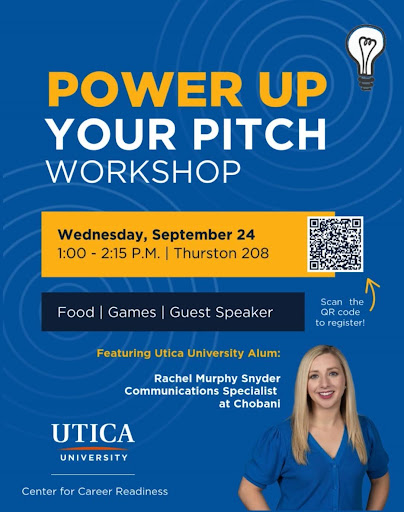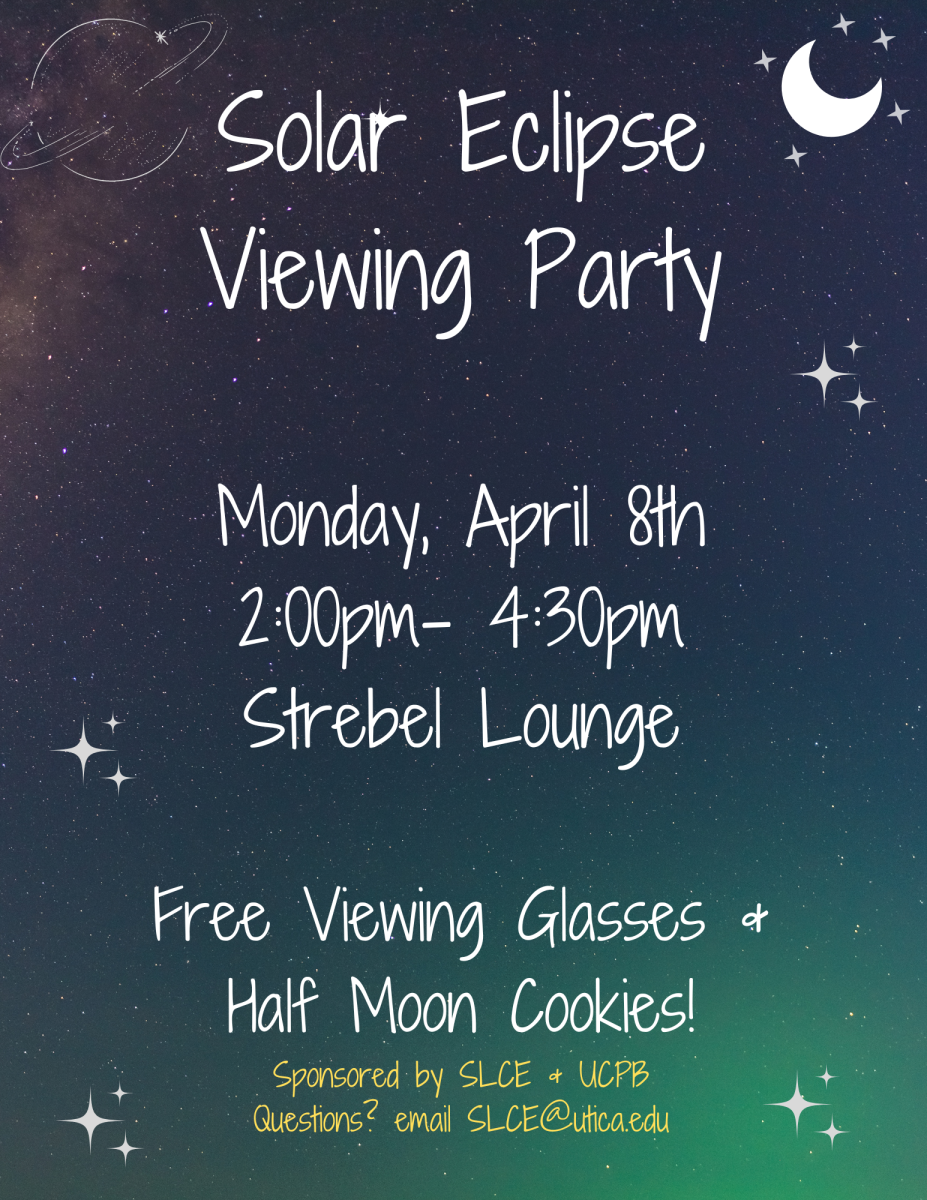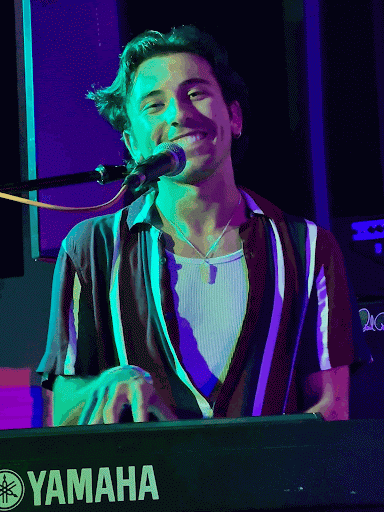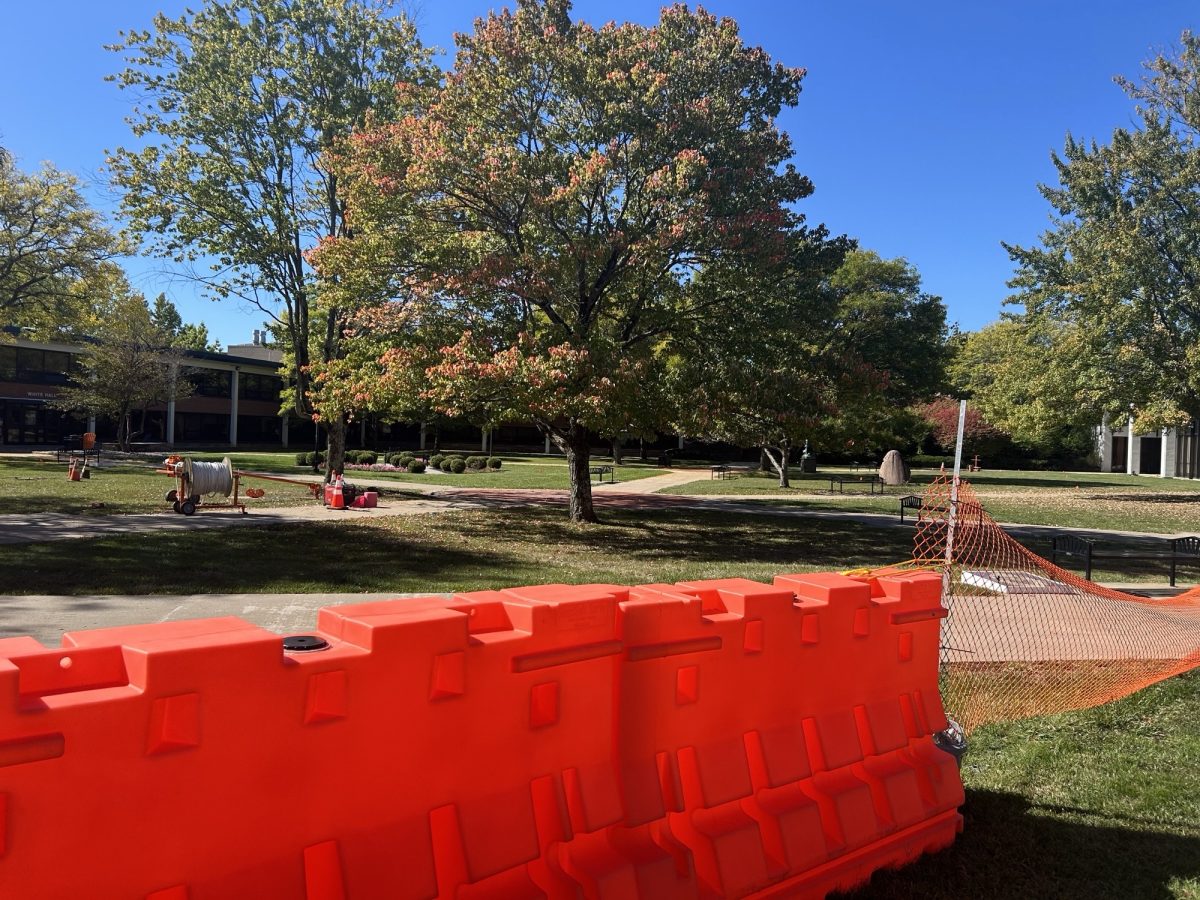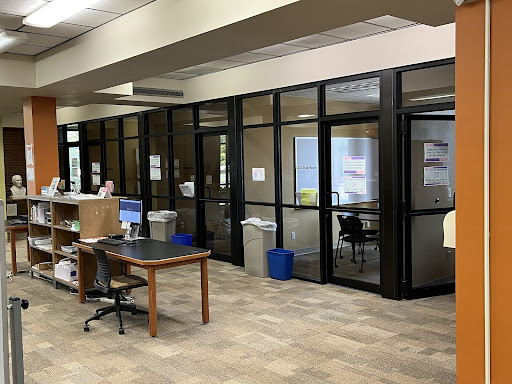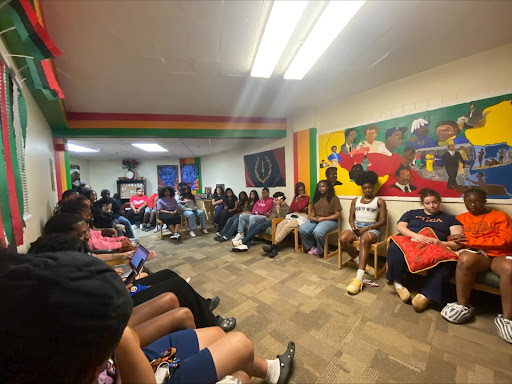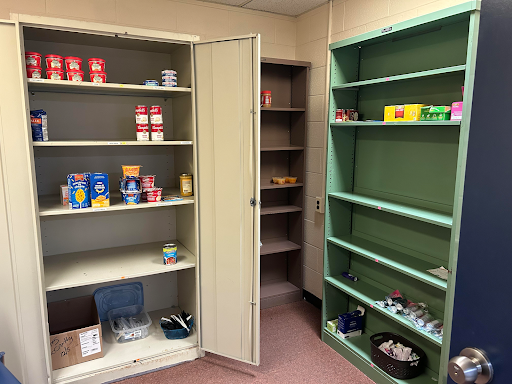Student Living and Campus Engagement and Utica’s Campus Planning Board will host an eclipse viewing party from 2 – 4:30 p.m. on Monday, April 8. Participants can stop in Strebel Lounge to pick up free viewing glasses and half moon cookies before heading outside to witness the total eclipse.
Facts about the eclipse will also be displayed in Strebel Lounge.
The moon will begin to progressively pass in front of the sun around 2:10 p.m., reaching its maximum coverage at 3:24 p.m. The eclipse will cause the afternoon sky to become significantly darker due to the moon emitting a shadow that blocks sunlight from reaching Earth, according to science.nasa.gov.
Coverage is expected to last around three minutes for anyone watching the eclipse in the direct path of totality. There will be one to two minutes of coverage in the areas surrounding the path, including campus.
One major safety concern viewers should be aware of during the eclipse is damage to eyes. According to Shad Crowe, vice president of facilities and emergency management, it is important to make sure that eclipse viewing glasses are safe and properly designed.
“Using fake eclipse glasses – or no glasses at all – to look at the eclipse is dangerous to your eyes: Overexposure to sunlight can cause severe eye injury, ranging from temporarily impaired vision to permanent blindness,” Crowe said.
According to Crowe, identify if your eclipse glasses are safe before April 8 by doing the following things:
- Put on the glasses indoors and look around. You shouldn’t be able to see anything through them, except very bright lights, which should appear faint through the glasses. If you can see anything else, such as household furnishings or pictures on the wall, your glasses aren’t dark enough for solar viewing.
- If your glasses pass the indoor test, take them outside on a sunny day, put them back on and look around again. You still shouldn’t see anything through them, except perhaps the Sun’s reflection off a shiny surface or a puddle, which again should appear very faint.
- If your glasses pass that too, glance at the Sun through them for less than a second. You should see a sharp-edged, round disk (the Sun’s visible “face”) that’s comfortably bright. Depending on the type of filter in the glasses, the Sun may appear white, bluish white, yellow or orange.
If your glasses pass all three tests, they are probably safe. But if you aren’t completely confident of the safety of your eclipse glasses, you should use them sparingly.
Anyone with questions about the eclipse viewing party on campus should email [email protected].































































